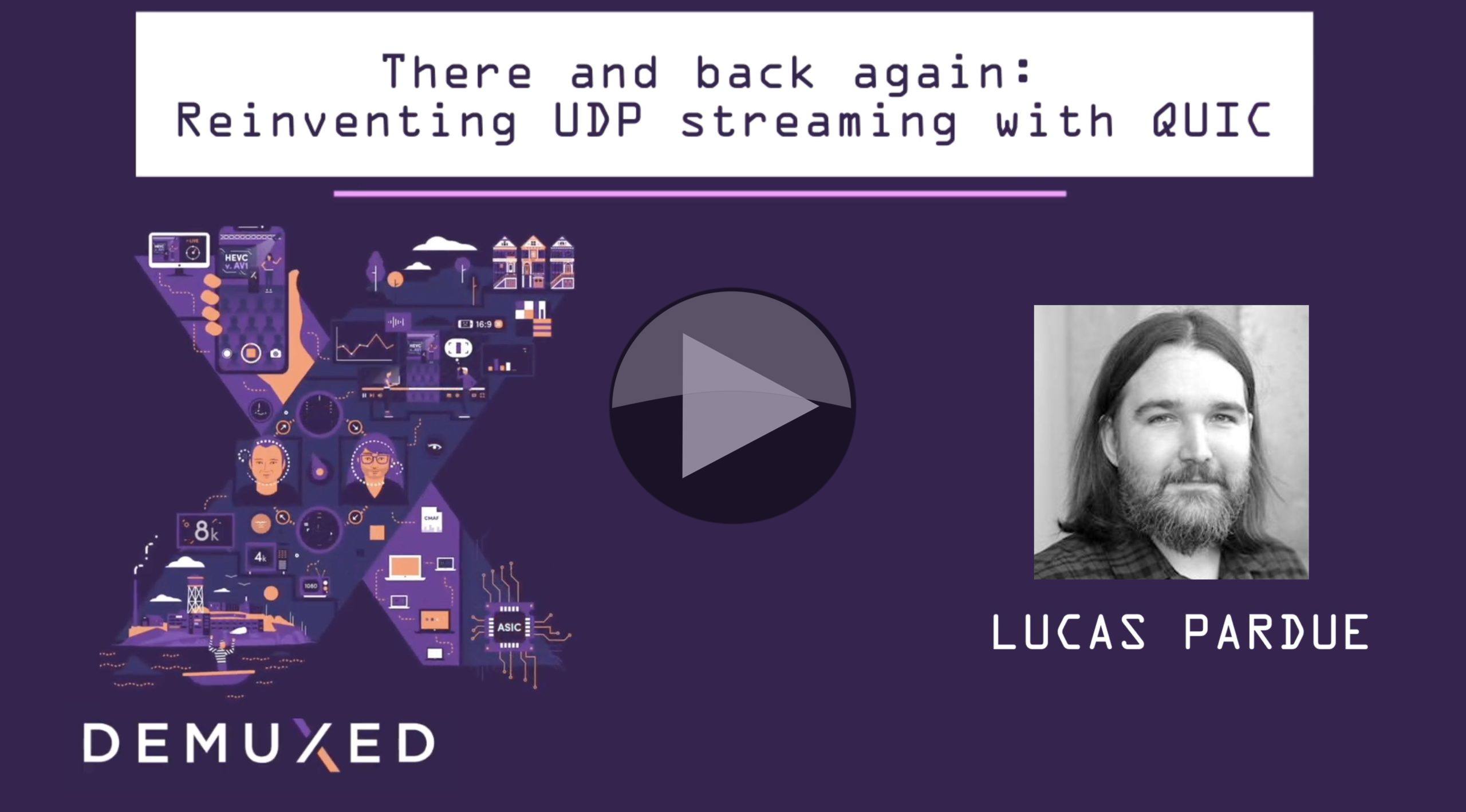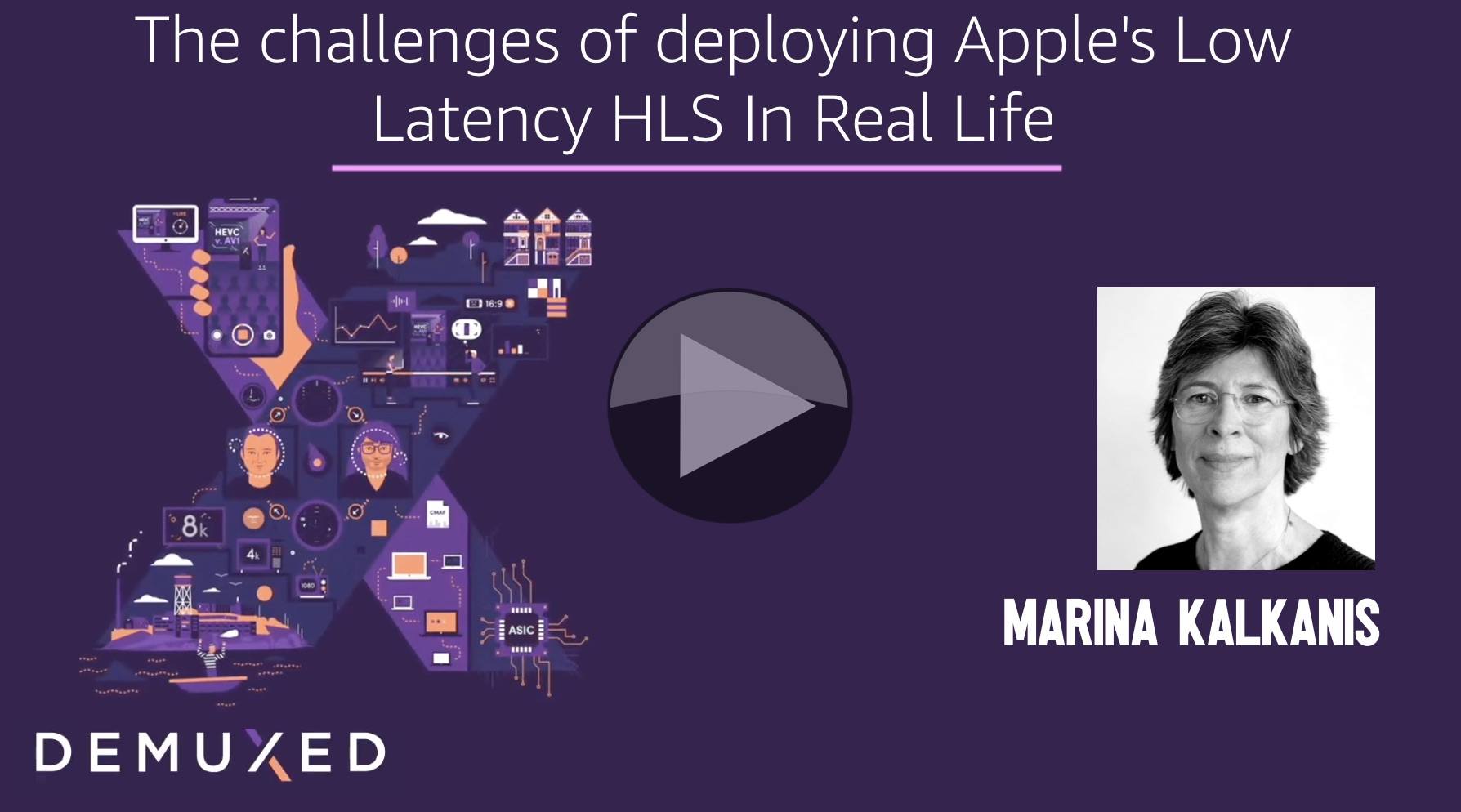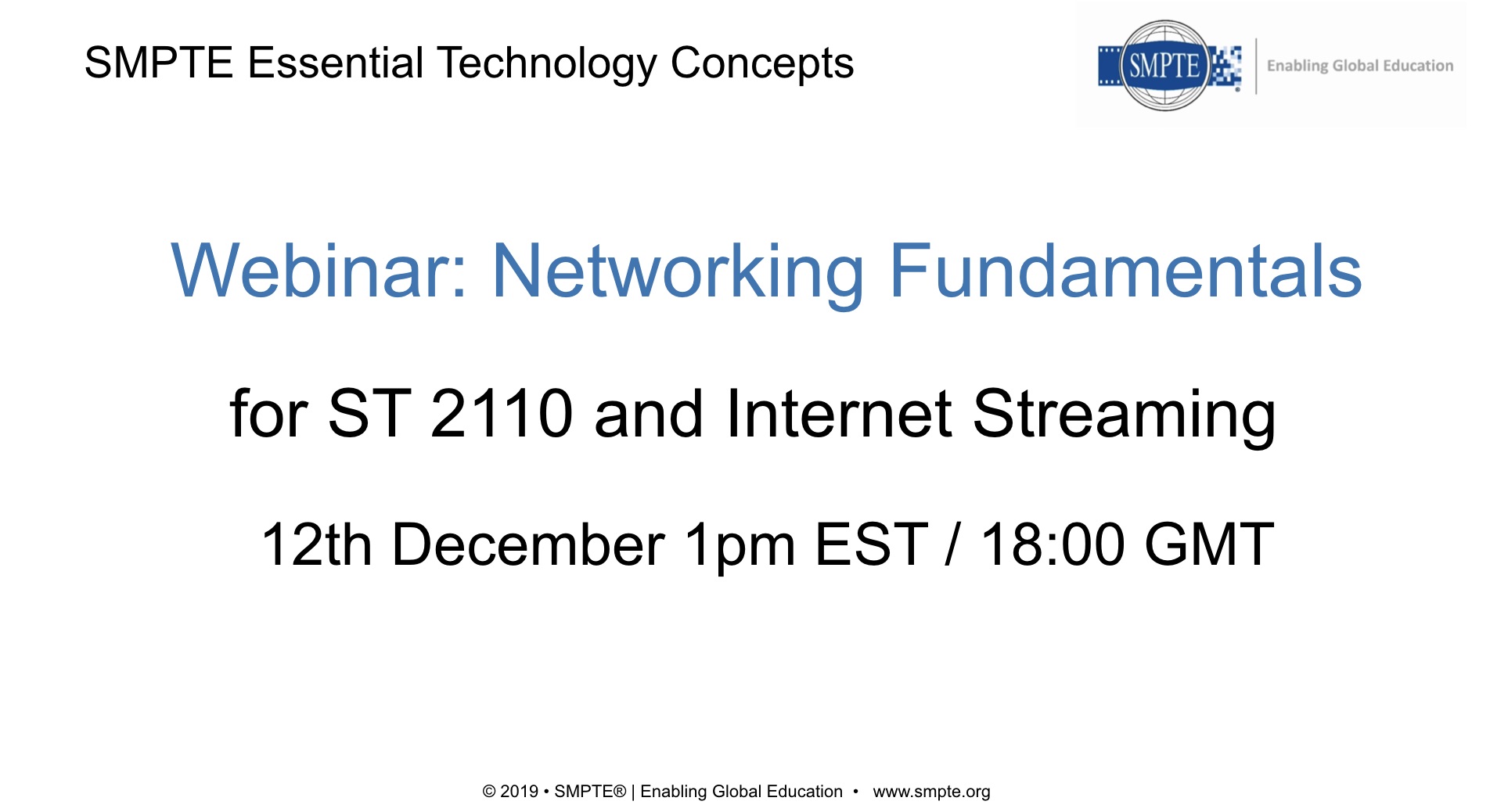QUIC is an encrypted transport protocol for increased performance compared to HTTP but will this help video streaming platforms? Often conflated with HTTP/3, QUIC is a UDP-based way evolution of HTTP/2 which, in turn, was a shake-up of the standard HTTP/1.1 delivery method of websites. HTTP/3 uses the same well-known security handshake from TLS 1.3 that is well adopted now in websites around the world to provide encryption by default. Importantly, it creates a connection between the two endpoints into which data streams are multiplexed. This prevents the need to constantly be negotiating new connections as found in HTTP/1.x so helping with speed and efficiency. These are known as QUIC streams.
QUIC streams provide reliable delivery, explains Lucas Pardue from Cloudflare, meaning it will recover packets when they are lost. Moreover, says Lucas, this is done in an extensible way with the standard specifying a basic model, but this is extensible. Indeed, the benefit of basing this technology on UDP is that changes can be done, programmatically, in user-space in lieu of the kernel changes that are typically needed for improved TCP handling on which HTTP/1.1, for example, is based.
QUIC hailed from a project of the same name created by Google which has been taken in by the IETF and, in the open community, honed and rounded into the QUIC we are hearing about today which is notably different from the original but maintaining the improvements proved in the first release. HTTP/3 is the syntax which is a development on from HTTP/2 which uses the QUIC transport protocol underneath or as Lucas would say, “HTTP/3 is the HTTP application mapping to the QUIC transport layer.” Lucas is heavily involved within the IETF effort to standardise HTTP/3 and QUIC so he continues in this talk to explain how QUIC streams are managed, identified and used.
It’s clear that QUIC and HTTP/3 are being carefully created to be tools for future, unforeseen applications with clear knowledge that they have wide applicability. For that reason, we are already seeing projects to add datagrams and RTP into the mix, to add multiparty or multicast. In many ways mimicking what we already have in our local networks. Putting them on QUIC can enable them to work on the internet and open up new ways of delivering streamed video.
The talk finishes with a nod to the fact that SRT and RIST also deliver many of the things QUIC delivers and Lucas leaves open the question of which will prosper in which segments of the broadcast market.
The Broadcast Knowledge has well over 500 talks/videos on many topics so to delve further into anything discussed above, just type into the search bar on the right. Or, for those who like URLs, just add your search query to the end of this URL https://thebroadcastknowledge.com/tag/.
Lucas has already written in detail about his work and what HTTP 3 is on his Cloudflare blog post.
Watch now!
Speaker
 |
Lucas Pardue Senior Software Engineer, Cloudflare |








